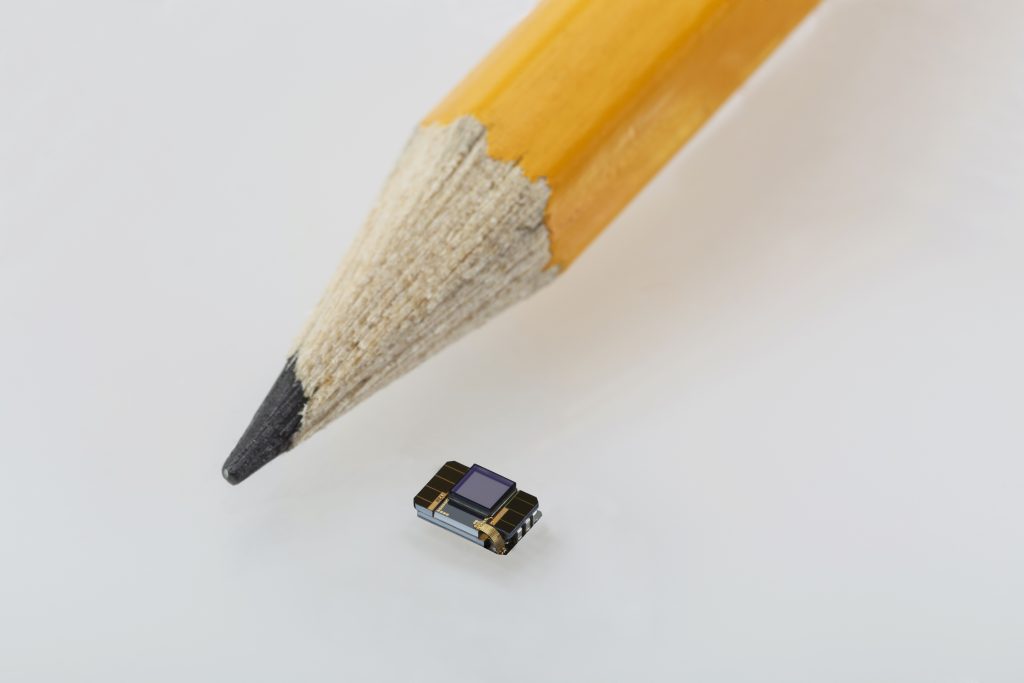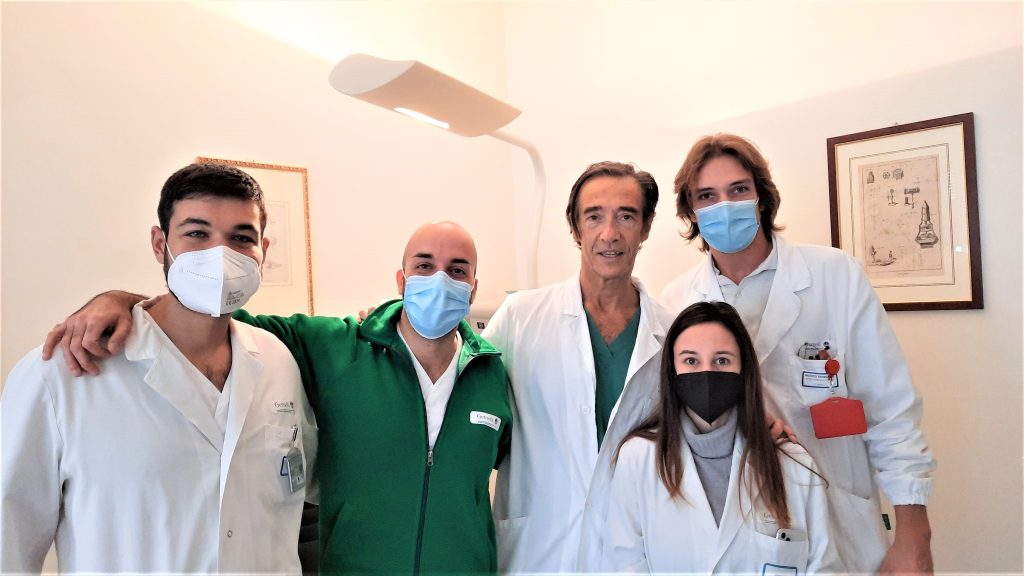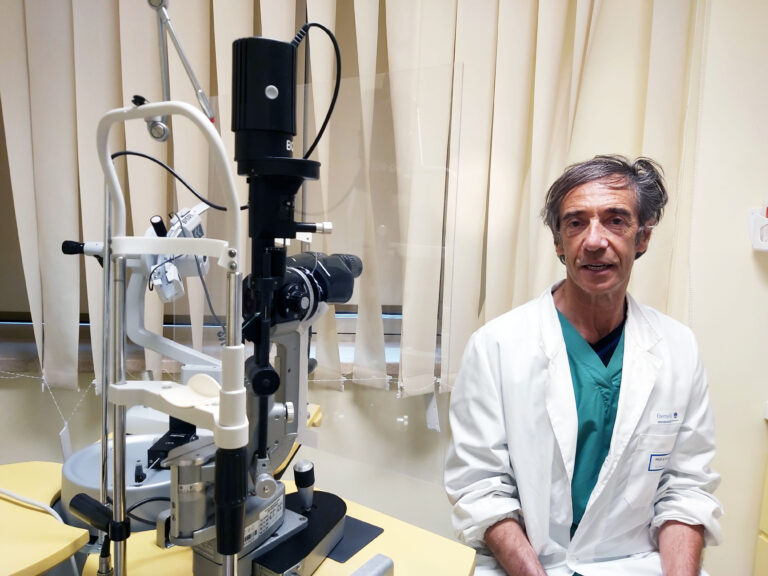An innovative intervention intended to give hope to many patients blind and who will be able to perceive to see at least the light. The implantation of an artificial retina is a historic step forward, a sort of "bionic eye" created at the Gemelli Polyclinic in Rome.. A perfectly successful operation carried out by the director of the hospital's Ophthalmology unit Stanislao Rizzo, Calabrian doctor, considered one of the pioneers in artificial retina implants. An excellence all-Italian medical and which represents an important milestone for the sector.

Bionic eye, a great hope in research
This type of intervention, among the first in Italy, is therefore a great hope. As explained by the Gemelli Polyclinic "the implant, as big as the tip of a pencil, is placed by a super expert in retinal surgery above the surface of the retina and the three-dimensional electrodes of which it is composed, penetrate between the retinal cells, going to take the place of the photoreceptors (the cells that allow you to 'see') and activating the ganglion cells with their impulses, which transmit information to the brain, making it travel along the optical pathways".
An emotion especially for the director Rizzo. "The idea of to restore even a semblance of sight to people who have lived in the dark for years is the dream of any doctor - has explained -. The operated patient already sees the light and this is truly incredible. For now, the artificial retina is only indicated for patients suffering from retinitis pigmentosa (a pathology that affects about 150 Italians) in the most advanced stages of the disease, i.e. people who have completely lost sight in both eyes, a condition that affects about 1.000- 1.500 Italians. The selection criteria to enter this experimental trial are for now very strict and restrictive ".

The use of special glasses
To see with this bionic eye you need to activate 3D micro-electrodes by wearing special glasses. They then serve to activate a mechanism necessary to see light. It must be said that this bionic eye does not totally restore sight. But it is certainly an important step forward in research. A rehabilitation program is also needed for patients. At the end of this period he will be able to distinguish the shape of objects, recognize movement, and learn to interpret these new images.
"For this type of systems - Rizzo clarified - an accurate selection of the candidate patient is essential, who is framed through a series of psychological interviews; this serves to evaluate both his potential to continue along a rehabilitation path that will keep him busy for a long time, and his expectations. Because this system does not return a normal vision but a 'bionic' artificial vision. THEThe patient must be prepared for the fact that what he will see is a reconstruction through 'phosphenes', flashes of light, which compose a pixelated image. The overall view you getnuta from the work of the 576 electrodes present in the device, whose parameters must all be configured with a lot of patience, through a special application ".
The images are taken from the Facebook page of the Gemelli Hospital





